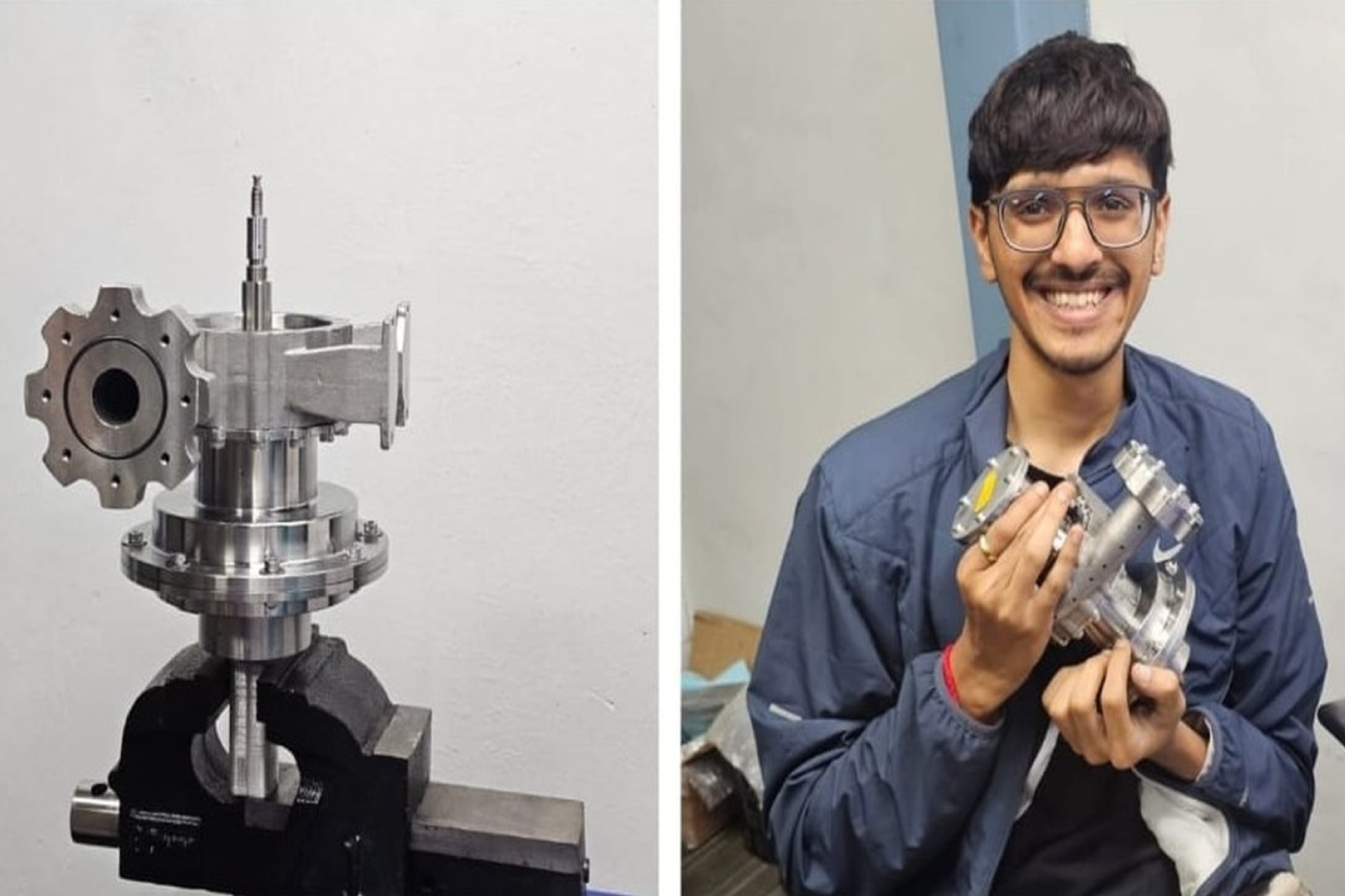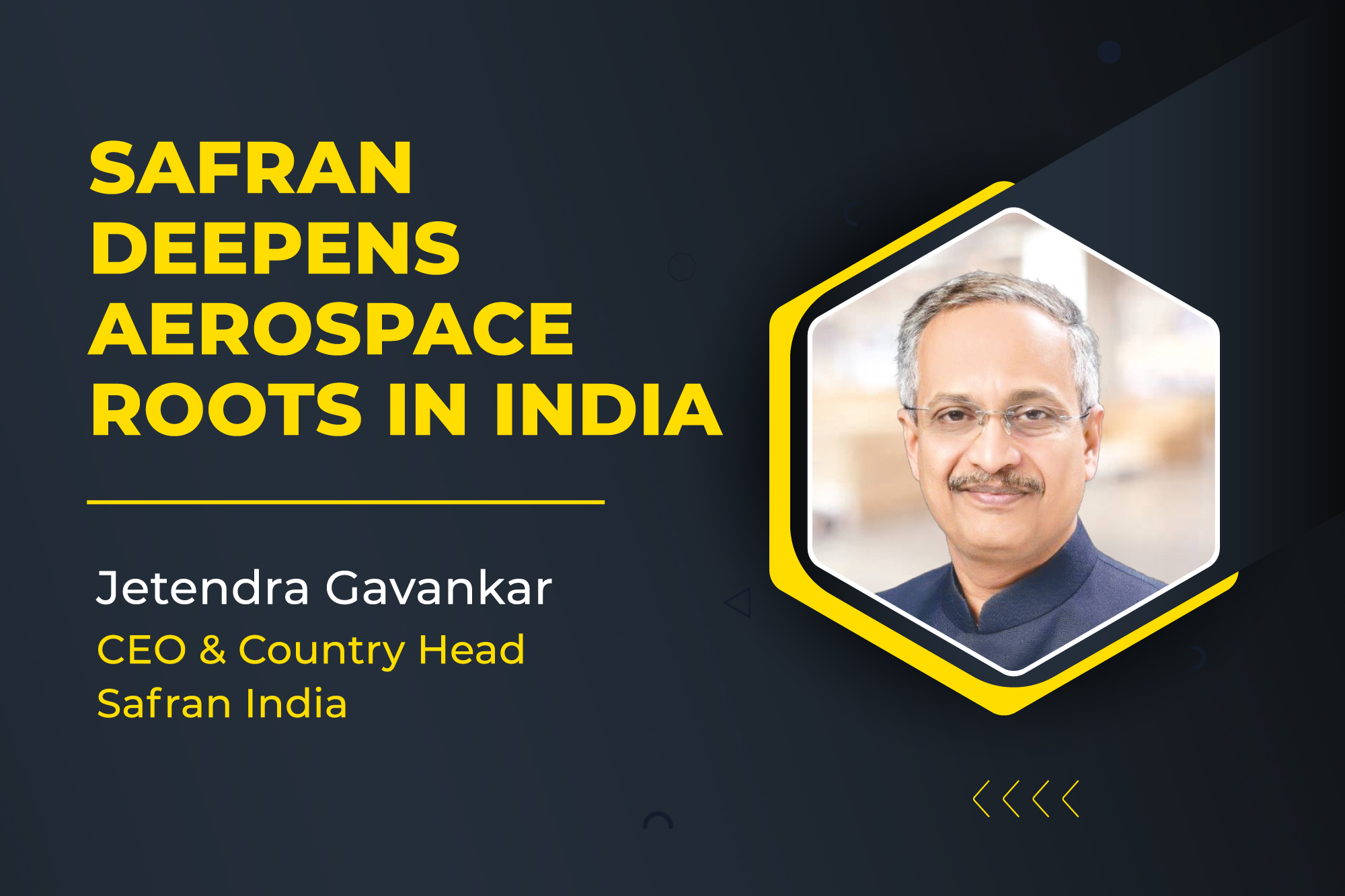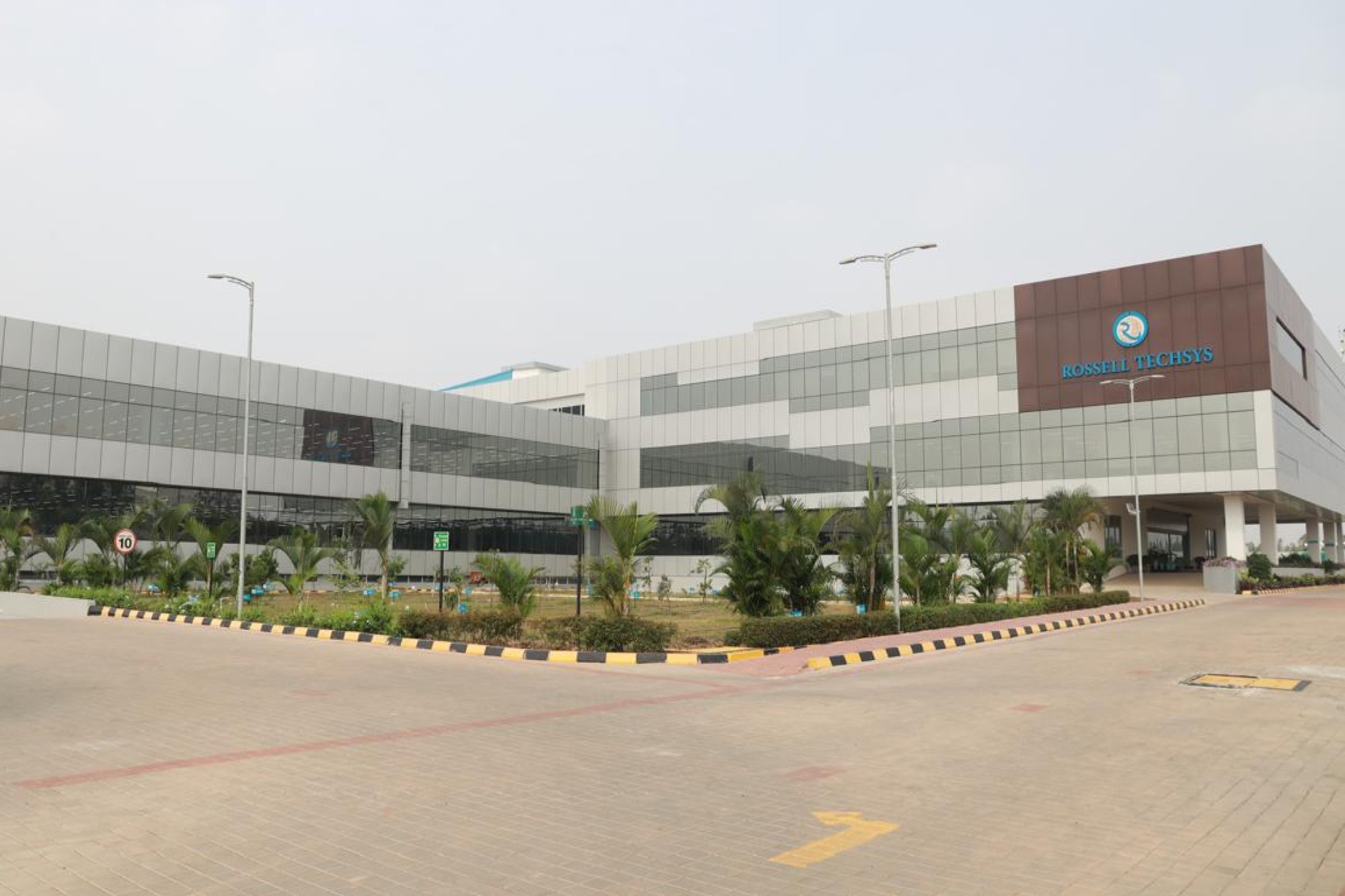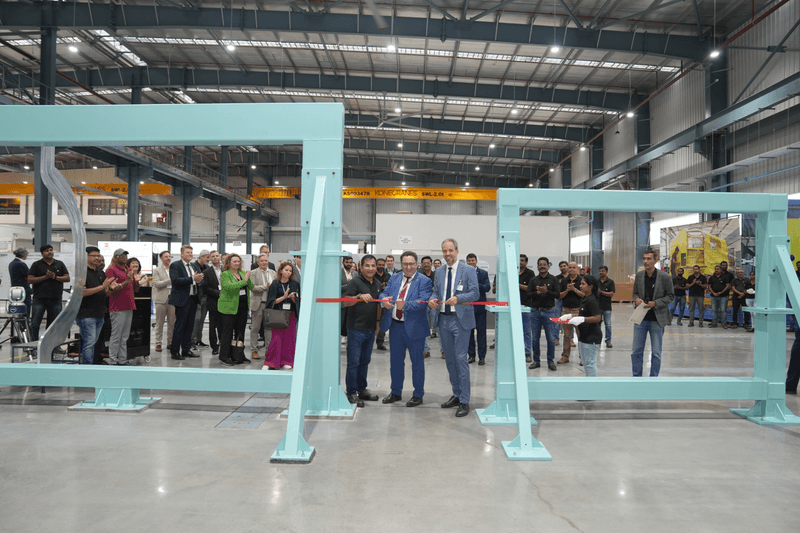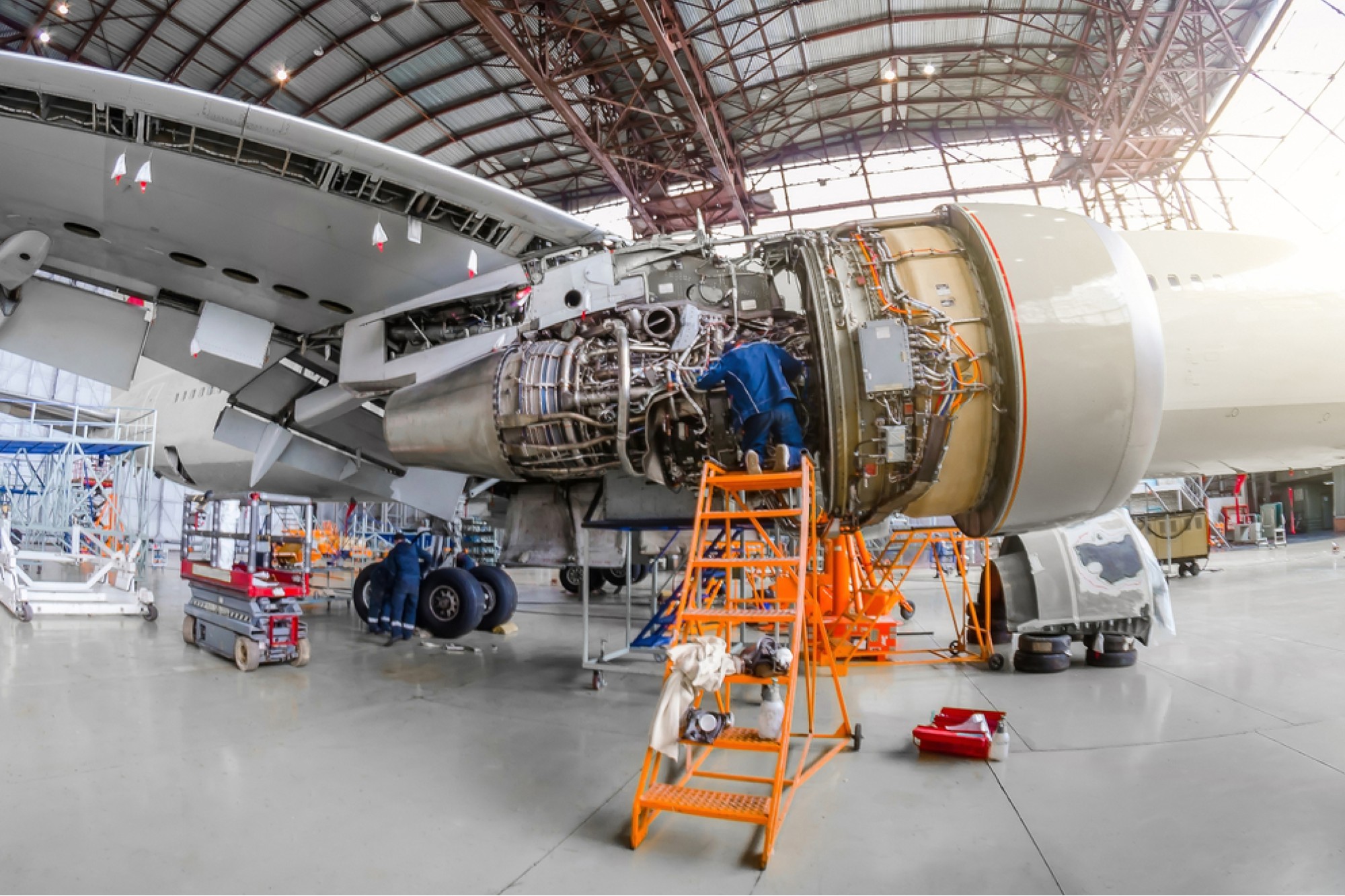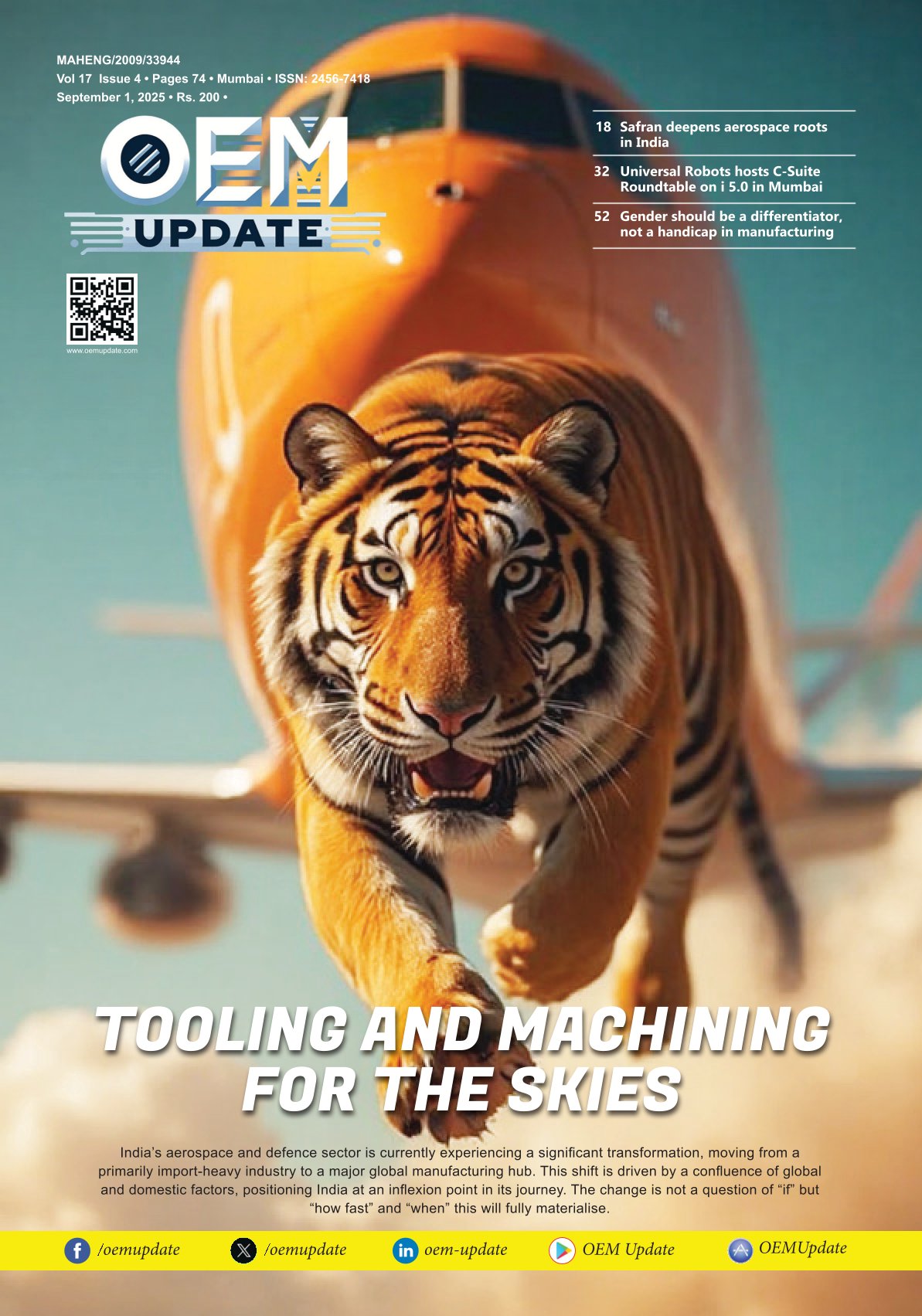We are witnessing a 360-degree digitisation
By OEM Update Editorial March 30, 2024 12:46 pm IST
Shinto Joseph, Director—South East Asia Operations, LDRA, explores the role of the Aerospace and defence industry, which is presently undergoing a transformative phase driven by technological advancements. From AI and autonomous systems to material science breakthroughs, these innovations reshape capabilities and strategies in offensive and defensive operations.
How are technological advancements shaping the Aerospace & Defence?
Recent advancements in Aerospace & Defence (A&D) technology have brought about a transformative period, introducing disruptive innovations that redefine offensive and defensive strategies capabilities. Among these, artificial intelligence and autonomous systems have found wide-ranging applications, from enhancing mission effectiveness and cybersecurity to improving safety measures. Unmanned systems, for example, play a crucial role in identifying high-value targets. Progress in material science, particularly in composite materials, has led to significant weight reductions and fuel efficiency improvements, which are crucial in modern aircraft design. The role of stealth technology in contemporary warfare cannot be overstated, offering critical advantages in engagement and surveillance. Additionally, the emergence of electromagnetic pulse (EMP) technology is significant as modern aircraft heavily rely on electronics and software.
How is the current geopolitical landscape impacting the Aerospace & Defence?
The current geopolitical scenario presents challenges and opportunities for the Aerospace & Defence (A&D) industry. While many companies have secured substantial orders for the next five years or more, they face disruptions in their supply chains due to growing geopolitical polarisation. Additionally, we can see a massive digital transformation happening, just like in any other industry. I called it 360-degree digitisation, where design, development, testing, certification, production, sales, and sales service get digitised. Skill shortages are a significant concern, with countries like India potentially offering valuable contributions to address this gap, mainly as there is a massive shortage of skilled workforce in many global A&D companies.
How do you see the role of private companies evolving in the defence and aerospace sectors?
It recognised a field ripe with investment and innovation opportunities, mainly as space transcends its traditionally peaceful applications. This shift represents a substantial business opportunity for private companies, contingent on our ability to navigate complex geopolitical landscapes and foster partnerships with like-minded entities across the globe. Such international collaborations are vital in meeting the substantial capital requirements inherent to the long gestation periods typical of the Aerospace & Defence (A&D) sectors and broadening our market reach.
Please discuss the significance of CAD/ CAM and 3D printing for manufacturing complex parts.
CAD/CAM has been beneficial in the aerospace and defence industry since its early days. Now, advancements like Digital Twin simulation are propelling us to new heights by slashing costs and timelines.
Rapid advancements in 3D printing and associated manufacturing technologies are transforming how we approach part of customisation obsolescence issues. Yet, given the technology’s slow maturing, obtaining regulatory approvals from certification agencies takes a lot of work. Embracing simulation and advanced manufacturing techniques is our best strategy for achieving scalable design, development, and manufacturing worldwide.

Please talk about the development of autonomous systems in aerospace and defence.
Autonomous systems are revolutionising, and in the Aerospace and defence (A&D) sector, they are the key to enhancing mission effectiveness and safety. Leveraging AI and ML algorithms can significantly boost cybersecurity. Another exciting area is “Swarming Technology,” involving the coordinated use of multiple autonomous systems. The primary hurdles in this field revolve around testing, certification, and regulation, areas where LDRA as a company is very active. Given the engagement of global standards and regulatory bodies in this sphere, these concerns will likely be addressed shortly.
What strategies do Aerospace & Defence companies employ to tackle the ever-evolving cybersecurity threats?
Cybersecurity remains an ongoing challenge, resembling a never-ending game of cat and mouse without a clear resolution. Our best approach involves embracing and adjusting to evolving global standards, best practices, and certification frameworks. However, the main obstacle lies in building internal cybersecurity capabilities. While many companies prioritise practices and integrate strong safety measures within their teams, these efforts may only partially tackle external security threats. Unlike product safety, which is primarily managed internally, cybersecurity threats mainly originate from external sources. Nevertheless, safety and security are closely intertwined; a system compromised by hackers is inherently unsafe. This reality underscores the need for a distinct skill set and raising awareness among all employees to effectively navigate cyber threats throughout our supply chain, ensuring the reliability of our partners.
How is international collaboration shaping the future of defence and aerospace?
In the A&D sector, the longevity of products has been paramount for decades, particularly given today’s volatile geopolitical climate. A collaborative approach focused on risk assessment is essential to address technological and supply chain uncertainties. The adoption of the IMA (Integrated Modular Architecture) framework by Western A&D companies, for example, has facilitated the seamless sourcing of LRUs (Line Replaceable Units) from alternative suppliers. Presently, most civil aircraft are supported by at least two engine manufacturers. Initiatives like FACE (Future Airborne Capability Environment), supported by LDRA, aim to tackle numerous challenges in airborne software across an aircraft’s extended lifecycle.
India’s geopolitical position presents advantageous opportunities, fostering positive relations with key global entities. India is poised to assume a significant international role through strategic diplomacy driven by its talented young engineers. Government policies promoting self-reliance and supporting startups are instrumental in this pursuit. Our goal is to enter global markets with products certified to international standards, transitioning from being one of the largest importers to a net exporter. In both India and potential target markets, there is a strong rationale for private companies to explore increased public-private partnerships.
Reflecting on nearly five decades of global presence and fifteen years of direct operations in India, LDRA’s testing tools have become integral to numerous A&D projects nationwide. Our direct engagement with customers enables my colleagues and me to find fulfilment in our careers, contributing to the government’s Atmanirbhar Bharat initiative vision.
Cookie Consent
We use cookies to personalize your experience. By continuing to visit this website you agree to our Terms & Conditions, Privacy Policy and Cookie Policy.




